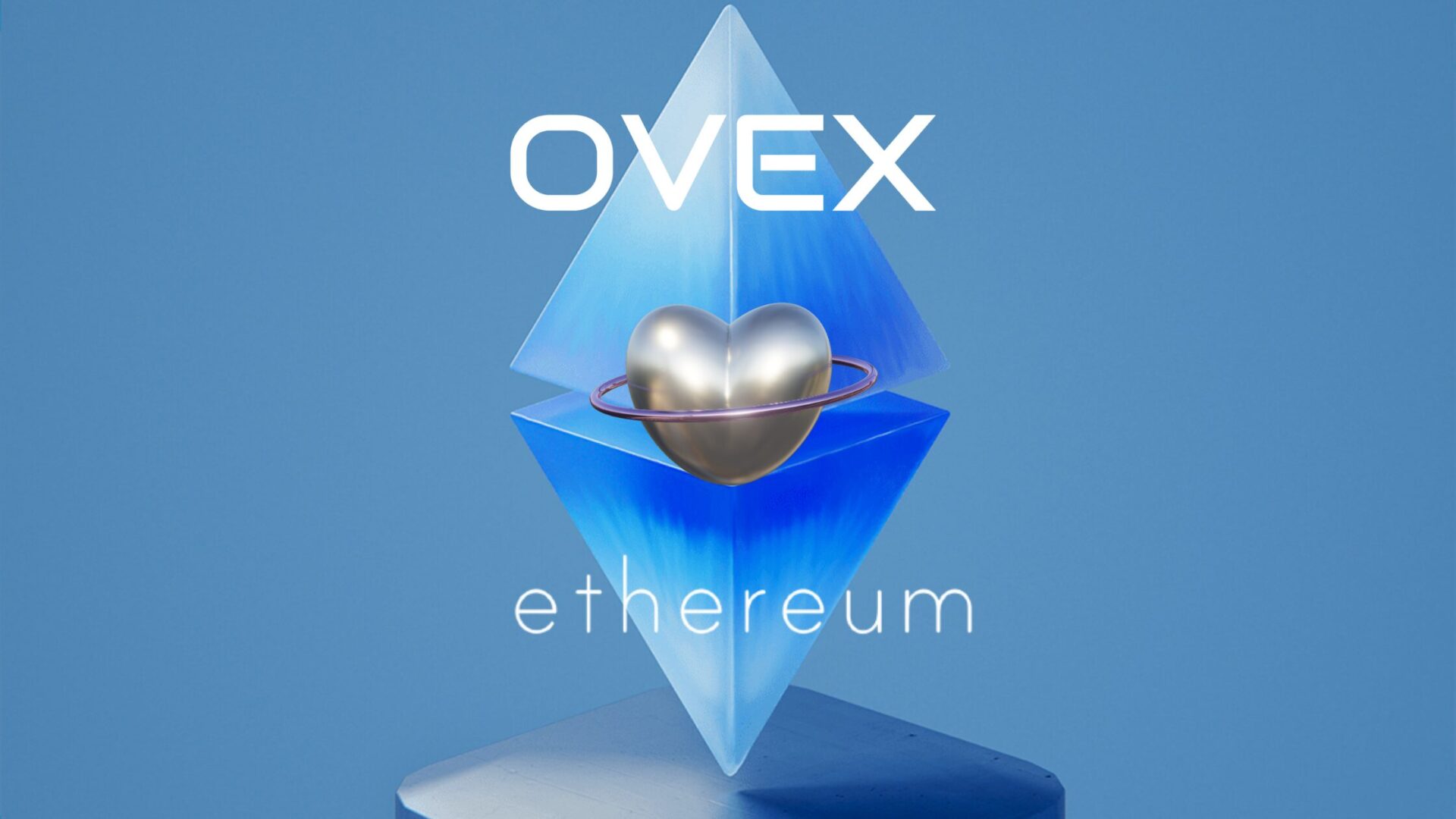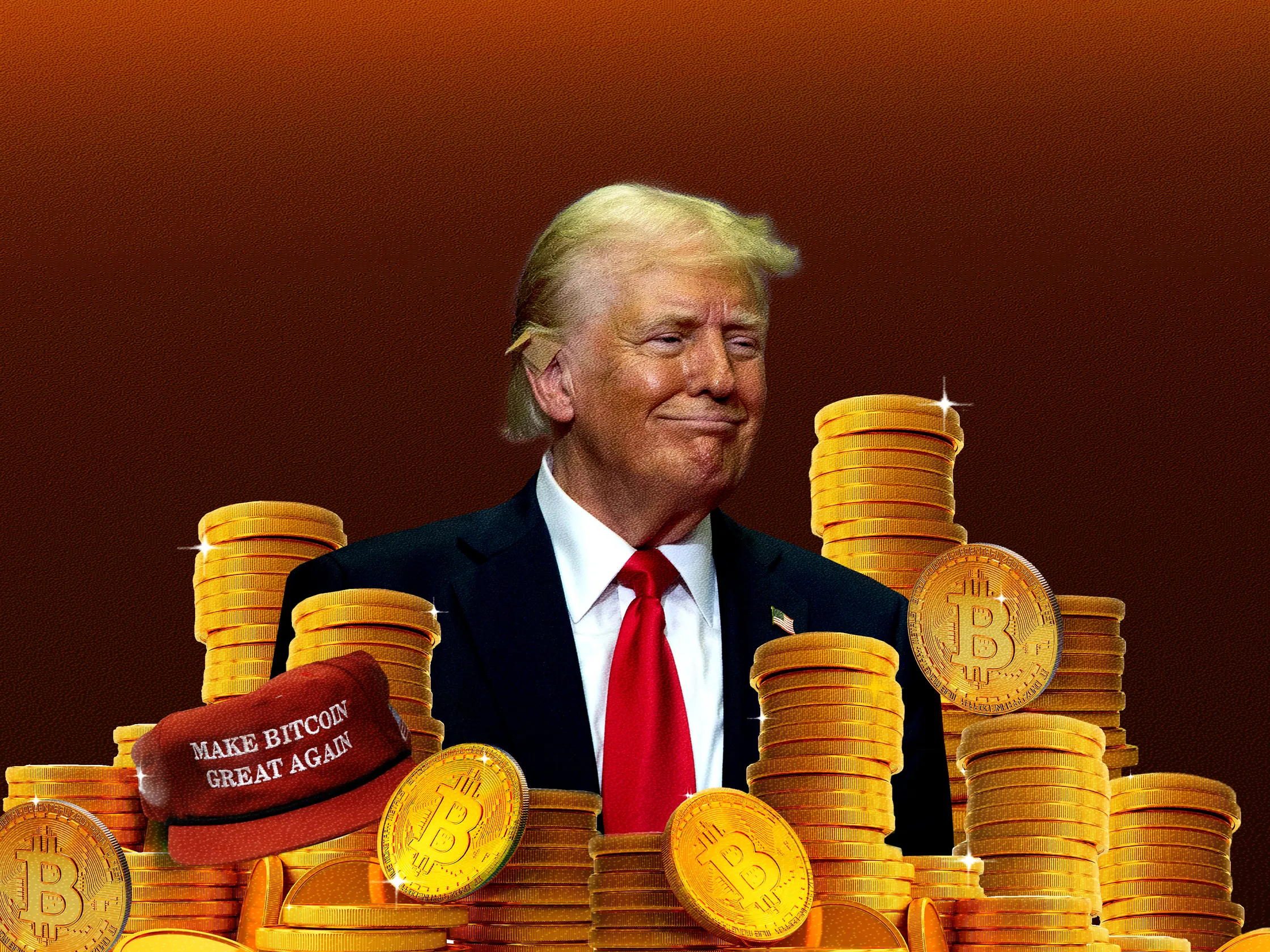The anticipation in the market is palpable as investors gear up for the imminent launch of Spot Ethereum ETFs in the United States. After years of regulatory hurdles and negative sentiment from the U.S. Securities and Exchange Commission (SEC) towards Ethereum, the landscape is finally shifting. The SEC has reportedly requested that Ethereum ETF issuers submit their final S-1 filings, including fee structures, by Wednesday, July 17, indicating that the launch is imminent.
Prominent asset managers such as BlackRock, VanEck, and Franklin Templeton are among the eight firms whose applications are likely to be approved by the SEC on Tuesday, July 23. Trading in these new products is expected to begin the following day. This information comes from industry sources familiar with the confidential discussions between the SEC and the ETF issuers.
The market sentiment surrounding Ethereum is already reflecting this impending milestone. There has been a notable increase in implied volatility (IV) for Ethereum as traders position themselves for potential price swings. Implied volatility is a metric that indicates how much the market expects the value of an asset to change over a certain period of time. A coin with high implied volatility has a higher chance of producing returns that deviate significantly from expectations compared to a coin with lower implied volatility. This heightened activity is evident in the growing open interest in Ether derivatives – a sign of strong investor engagement.
Ethereum is not only outperforming Bitcoin in derivatives terms but also in spot terms. This trend is reflected in the ETH to BTC ratio, which measures the value of one Ethereum token in terms of Bitcoin. This ratio has risen to around 0.05, up from 0.045 before the ETF approval speculation began. This suggests that Ethereum could continue to outperform Bitcoin once the ETFs go live.
Several key indicators point to a significant rally in Ethereum following the ETF launch:
- ETH Futures Outperforming BTC: Despite recent market fluctuations, ETH futures have shown a quicker recovery in open interest compared to BTC. This trend underscores a robust market narrative focused on ETH’s ETF prospects.
- Strong Perpetual Trading in ETH: Significant trading volumes in ETH perpetual contracts indicate substantial long positions, likely driven by strategic positioning ahead of anticipated market developments.
- High ETH Option Volatility: The volatility in the ETH options market remains elevated, especially in anticipation of ETF approval, contrasting with BTC options, which exhibit a more defensive posture.
Liquidity conditions for Ethereum also bode well for a potential rally. The amount of Ether available for trading is about half that of Bitcoin, with 40% of Ether’s supply locked in staking, smart contracts, or bridges. Only 10% of ETH supply remains on exchanges, an 8-year low, creating a supply squeeze that could drive prices higher.
Analysts predict that the launch of ETH ETFs could attract billions of dollars in inflows over the coming months, potentially driving significant appreciation in Ethereum’s spot price. However, there is a note of caution among investors about the “buy the rumor, sell the news” phenomenon, as seen with the launch of spot Bitcoin ETFs on January 11, which led to a post-launch price drop.
In conclusion, the launch of Spot Ethereum ETFs in the United States marks a significant milestone for Ethereum and the broader cryptocurrency market. With strong market indicators and favorable liquidity conditions, Ethereum is poised for potential growth. However, investors should remain mindful of market dynamics and historical patterns as they navigate this new landscape.














